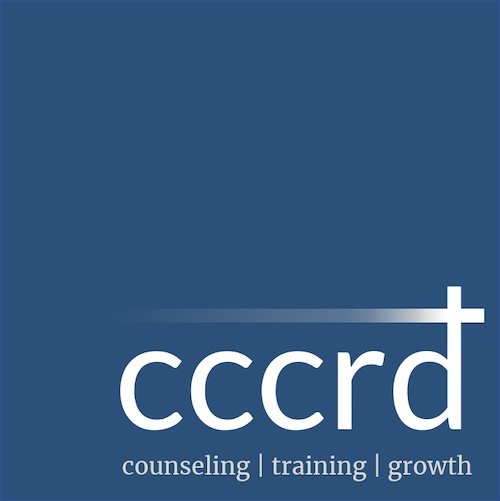Developing The Practice of Gratitude
More than other times of the year, our emotional states can have higher highs or lower lows during the holidays. For some, Christmas is a time of joy, peace, and looking forward to spending time with others. For others, it may not be so joyous or peaceful.
When the holidays are not so merry and bright, practicing gratitude can help.
What Is Practicing Gratitude?
What does gratitude look like for you? Gratitude is a felt experience of thankfulness and appreciation. But this doesn’t always come easily to us in a fast-paced culture. Lots of us need some practice.
Practicing gratitude is a therapeutic intervention with many uses, including as a coping strategy that can promote emotional regulation. It is a mindfulness-based technique that has been shown to offer various health benefits, such as reducing symptoms of depression, anxiety, and stress, promoting positivity and optimism, improving sleep quality, lowering blood pressure, boosting the immune system, improving self-esteem, enhancing relationships, and more.
Gratitude Is a Choice
Expressing gratitude is an act of the will. It involves choosing to search for evidence of God's character expressed in His creation and engaging the heart in a response of gratefulness and thanksgiving.
Gratitude begins with an inward acknowledgment that something in your realm of existence is worthy of thanksgiving. This is what Paul was referring to as he encouraged his readers in Philippians:
“Finally, brethren, whatever things are true, whatever things are noble, whatever things are just, whatever things are pure, whatever things are lovely, whatever things are of good report, if there is any virtue and if there is anything praiseworthy—meditate on these things.” (Philippians 4:8)
Here, Paul calls us to meditate on certain things. It takes intentionality to increase our conscious awareness of what we experience and to focus our attention in a particular way.
Practicing gratitude entails thinking of an object of gratitude and expressing it in some way. This may take the form of spoken or written words, such as journaling or sharing a testimony, or it could also manifest as a somatic response, such as a smile, laughter, tears of joy, lifting, clapping, waving hands, singing songs, or dancing. What happens to your mind and body when you feel grateful?
We see these visible behaviors throughout the Psalms as David demonstrated various ways of practicing gratitude. Other artists do the same, like in the lyrics of Ray Charles’ “What a Wonderful World.” All of these may be useful as inspiration in developing a gratitude practice.
Gratitude Is a Gift
Gratitude is essentially a form of worship unto the Creator of all things. James writes that every good and perfect gift is from God (James 1:17). Expressing appreciation from our hearts for any good we can find in life brings honor and glory to God.
Gratitude Is Self-Care
When you regularly practice being grateful, it’s actually a way to care for yourself. We pour into ourselves by turning attention away from the many demands on our lives to count our blessings. We can rest from the endless chain of thoughts that preoccupy our minds and consume our hearts—and we may just experience some peace! Practicing gratitude is a quick and easy way to sprinkle sunshine throughout the day.
Seasons of Familiar Difficulty
During the anniversary of a loss or traumatic experience, the negative emotions experienced from that time may resurface and cause seasonal depression or difficulty managing emotions. Becoming aware of those times of year when we typically experience emotional distress can help us cope.
Such a season might occur as a result of things like divorce, bereavement, loss of a pet, loss of a friendship, relocation, illness, seasonal depression, witnessing a traumatic event, and more. Especially at milestones like these, we need to be proactive in prayer for peace and comfort from the Lord. Avoid isolating yourself and prioritize time to do things you enjoy! This can help lift the heaviness that you have become accustomed to feeling during this time. Practicing gratitude in anticipation of, during, and after these times is just one way to love yourself well in a season of familiar difficulty.
Seasons of Retrospection and Introspection
The end of the calendar year and a new year approaching cause us to self-reflect and evaluate our lives. This involves both retrospection and introspection.
Retrospection is when we look back over events that have transpired and the memories they hold in our minds. Introspection engages our thoughts, feelings, and actions, which are more of a matter of the heart. In a spirit of gratitude, reflect on past events for which you are grateful.
What made your heart feel glad this year? Search for anything from the year that speaks to that feeling. Imagine what you might like to be different in the new year. What do you look forward to seeing, doing, or experiencing in the coming year? When filtered through a lens of gratitude, this kind of retrospection and introspection can be a game changer.
Gratitude Is a Superpower
Gratitude is nothing short of a superpower, granting beyond-human strength to see light in the midst of darkness. Through practice, we can gravitate toward thoughts of gratitude to keep our hearts and minds in a calmer state—and improve our emotional and spiritual well-being. As we end this year and look forward to the next, consider how developing a practice of gratitude could enhance your quality of life.

